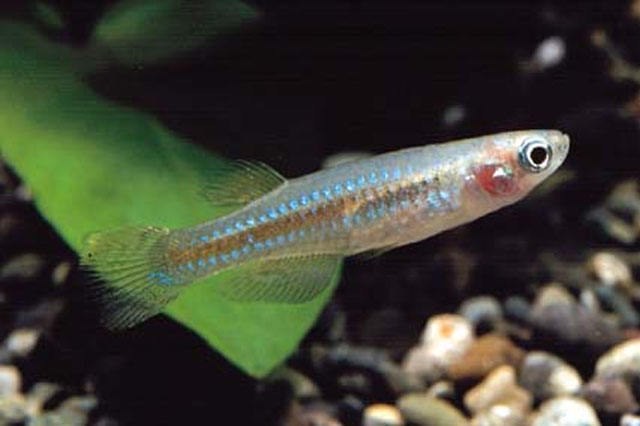| Procatopodidae (African lampeyes), subfamily: Procatopodinae |
| 5.5 cm TL (male/unsexed) |
|
benthopelagic; freshwater; pH range: 7.5; dH range: 12, non-migratory |
| Africa: restricted to Lake Tanganyika and associated drainages in Tanzania, Burundi, Rwanda, Democratic Republic of the Congo and Zambia (Ref. 47311). Also reported from the Lubalaye River (lower Lukuga tributary)(Ref. 93587), Malagarazi River (Ref. 54847) and Rusizi River (Ref. 47311). Reports from lakes Victoria, Nakavali, Edward, George and Kivu and associated drainages are misidentifications (Ref. 46152, 52331). |
|
Dorsal spines (total): 0-0; Anal spines: 0-0 |
| Found in rivers and river mouths, coastal swamps, estuaries and other shallow parts of Lake Tanganyika (Ref. 47311). Occurs in small groups near river banks; found in slow flowing and stagnant water of river mouths and deltas near lakes (Ref. 36901). Feeds on algae, fish scales, termites, chironomid larvae, prawns and copepods (Ref. 43507). Not a seasonal killifish; easy to maintain in the aquarium (Ref. 27139). Eggs have development time of 14 days in captivity; sexual maturity reached at age of 5 months (Ref. 47311). |
|
Least Concern (LC); Date assessed: 12 January 2016 Ref. (130435)
|
| harmless |
Source and more info: www.fishbase.org. For personal, classroom, and other internal use only. Not for publication.
